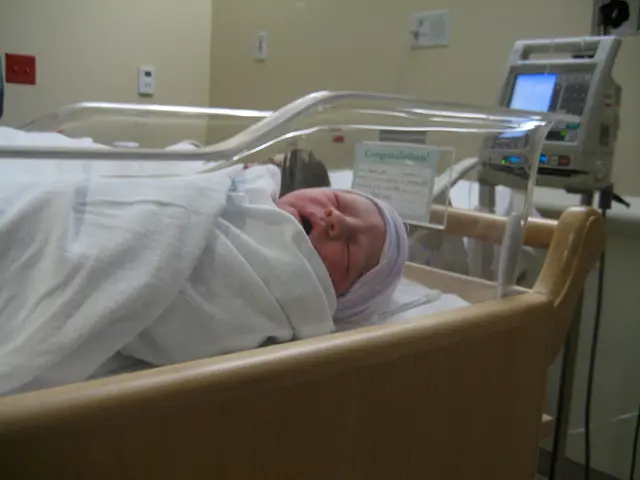Unveiled findings suggest that our eye movements disclose recollections hidden from what individuals assertately recall.
In a groundbreaking study published in Communications Psychology, researchers led by Dr. Flavio Jean Schmidig have discovered a novel method for measuring memory functions without relying on verbal reports. This innovative approach, which involves the observation of eye movements, could revolutionise the way we assess memory in infants, Alzheimer's patients, and individuals with brain injuries who may have impaired speech abilities.
The study, titled "Anticipatory eye gaze as a marker of memory", employed the Memory Episode Gaze Anticipation (MEGA) paradigm to monitor anticipatory gaze using eye tracking. This technique allowed the researchers to quantify memory retrieval without requiring a verbal report.
The team, which included scholars from Tel Aviv University and London, investigated the possibility of measuring participants' memories through the observation of eye movements. Their experiments showed that participants' gaze would focus on locations of surprising events in videos, even when they claimed not to remember. This finding suggests that stored memory can be inferred via eye tracking.
The new method relies on the detection of gaze direction, a feature that can be simply detected by the camera of a laptop or smartphone, requiring no large, sophisticated equipment. Furthermore, machine learning-based classification can identify whether a viewing is associated with memory for the event based on single-trial data of gaze features.
One of the key findings of the study was that accumulated gaze proximity to an event can index memory. The researchers found that anticipatory gaze marks recollection of associative memory about an event, whereas pupil dilation captures familiarity. This distinction is especially relevant when verbal reports on memory cannot be obtained.
Perhaps one of the most intriguing discoveries of the study was that anticipatory gaze reveals beneficial effects of sleep on memory retrieval without verbal report. This finding could have significant implications for understanding the role of sleep in memory consolidation and retrieval.
In conclusion, this study presents a promising new approach for measuring memory functions non-verbally, using the observation of eye movements. The potential applications of this method, particularly in populations where verbal reports are challenging, are vast and exciting. As research in this area continues to advance, we may soon find ourselves equipped with a powerful tool for understanding and supporting memory functions in a variety of contexts.






